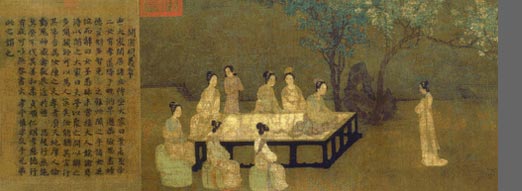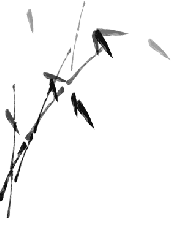| |
|
How do I stain furniture? Here's how and what to consider beforehand.
Furniture stain blends the color of wood and brings it to life so to speak. Each manufacturer has a special formula in mixing its stain, therefore the final color depends on the wood. Wood is peculiar in that two pieces side by side of the same species of wood may stain differently.
Matching stain will take testing and trying the product. Choose the lighter of two choices, it is easy to go darker if needed but harder to lighten. Be sure to apply two or three coats over your finish to test results to check for color variance.
Using water-soluble stains will raise the grain, the grain should be raised before staining by sanding first, or it can be sanded after staining. Fast drying stains are alcohol-soluble and are used for touch-ups, by spraying on. Oil-soluble stains are often used to tint varnish or lacquer for the last finish. Oil-soluble varnish will dissolve oil-soluble stains. Seal the stained wood before varnishing to prevent bleeding. Staining is not always called for, an attractive wood can be sealed with an appropriate finish.
Types of Stain
Penetrating stain. This is absorbed into the wood, its color is clear and brings out the beauty of the grain.
Pigmented stain. Leaves a thin film of color on top of the wood leaving an opaque sort of finish and faintly obscures the grain. This is harder to work with because of it quick absorbency. It is however the better choice to highlight the grain. Use pigmented stain on plain wood.
Gel stains. This sort of stain combines the best of penetrating and pigmented. It also works very well allowing the grain to be visible.
NGR
This is non-grain-raising stain; it is premixed penetrating and is water-soluble aniline dye mixed with alcohol. You will notice a clear sharp color because it is water free.
Aniline dye stain
This is classed as penetrating and is a powder that needs to be dissolved in hot water or alcohol before using. Aniline dye stain is available in a good selection of colors. Start with a weak mixture and make more concentrated solution as you work, this is better than one strong coat.
Pigmented wiping stain
This is ground pigment suspended in oil. The particles tend to settle to the bottom consequently needs to be stirred often. These colors are not as intense, although water soluble for easy cleaning, it will not usually raise the grain.
Gel stains
A mixture of both dyes and stains gives uniform staining and clear color. Rubbing in the stain gives more control over the color, hard rubbing gives light color, lightly rubbing leaves a darker stain.
Applying Stain
Chemical stains are toxic and flammable. Read the label and follow safety instructions carefully. Practice first on a scrap to protect your project.
- The Aniline spray on stains will reduce streaking. If you are brushing or wiping follow the grain with long smooth swipes. Overloading the brush will cause blotches.
- Us the same methods for NGR stains, however using a retarder will slow drying and prevent lap marks.
- The pigmented wiping stain will be brushed or wiped across grain first, then along its length. Leave on the recommended time then remove with rag that is lint free.
- Gel stains are wiped along the grain with lint-free cloth, then rubbed in for even color.
From PageWise, Inc
|

